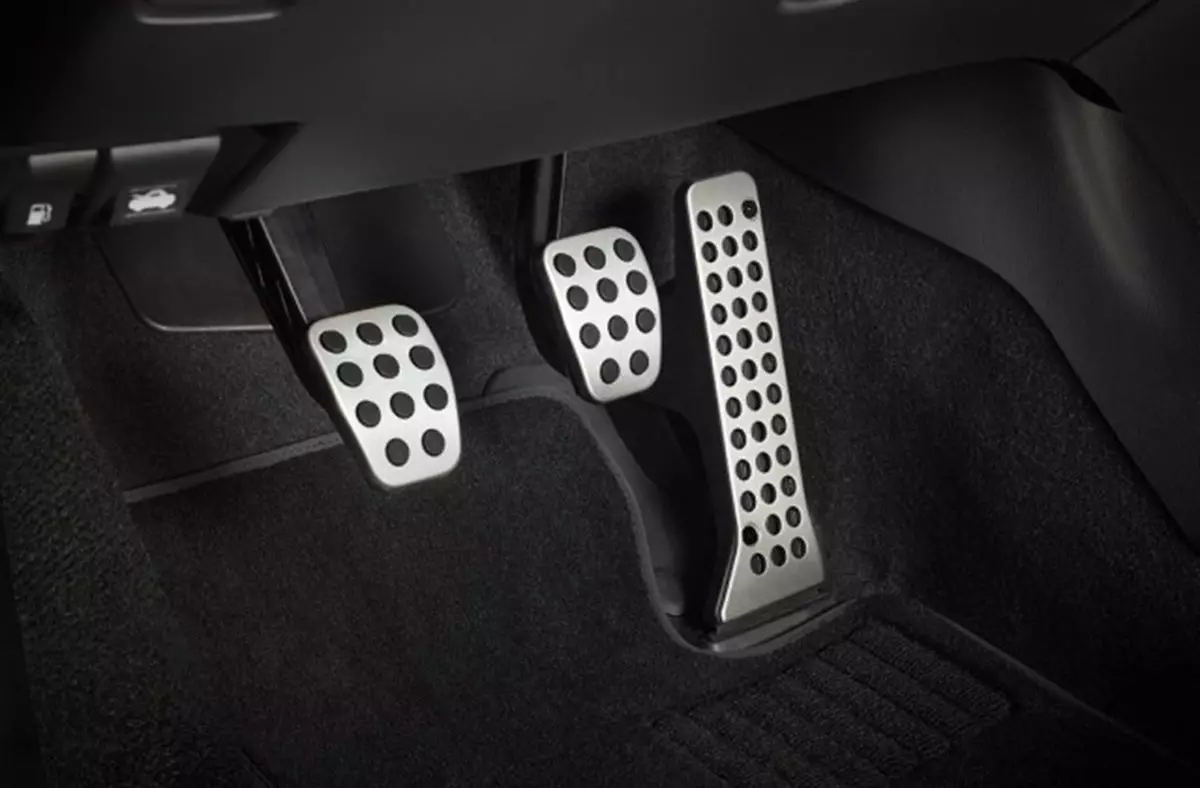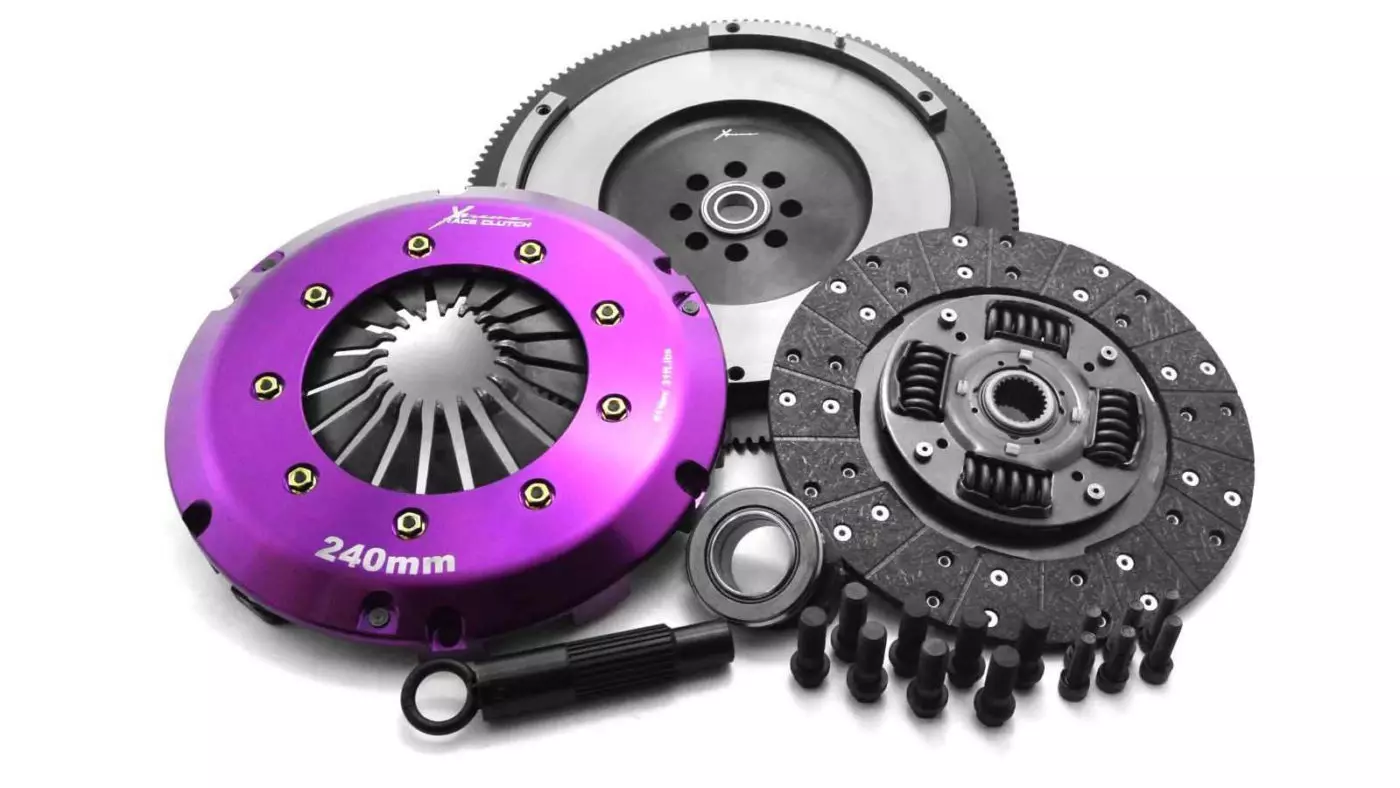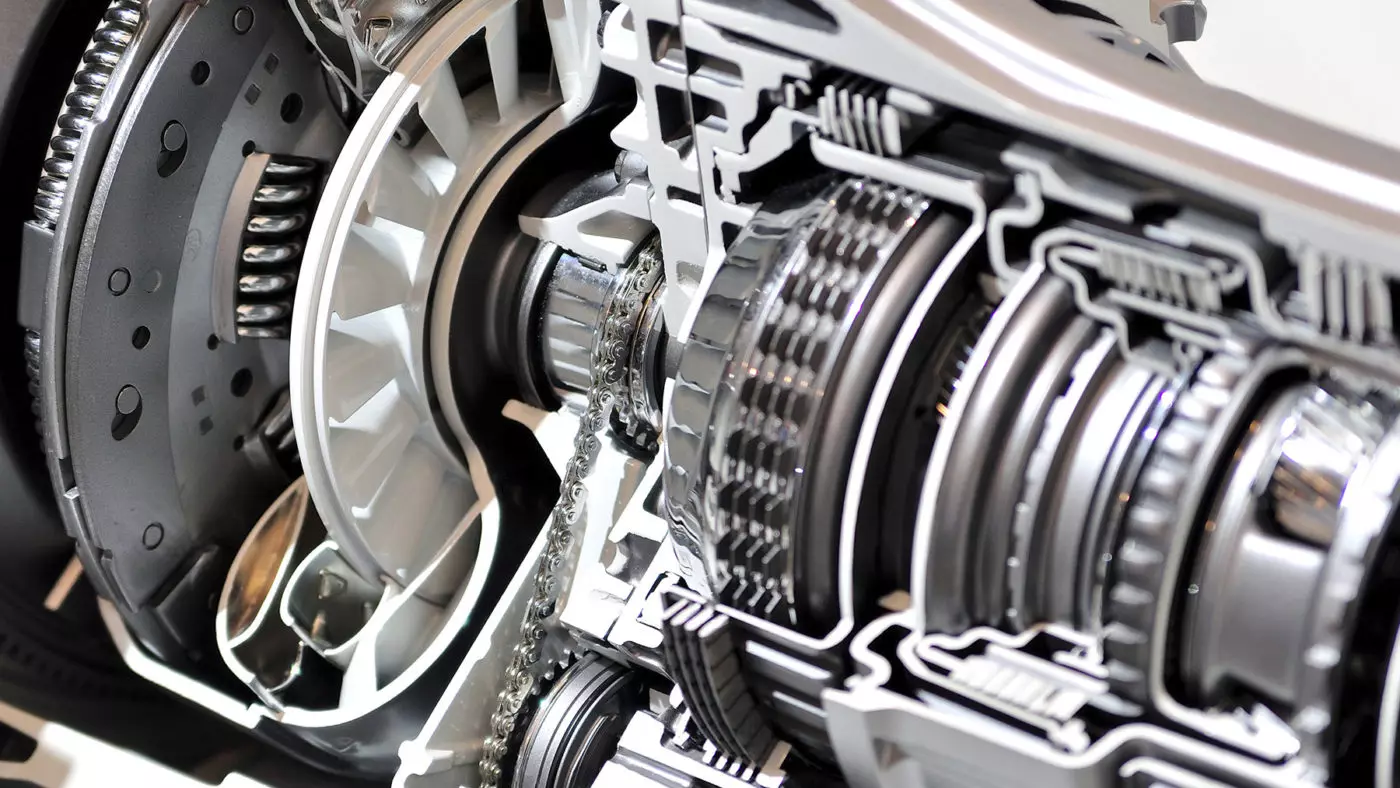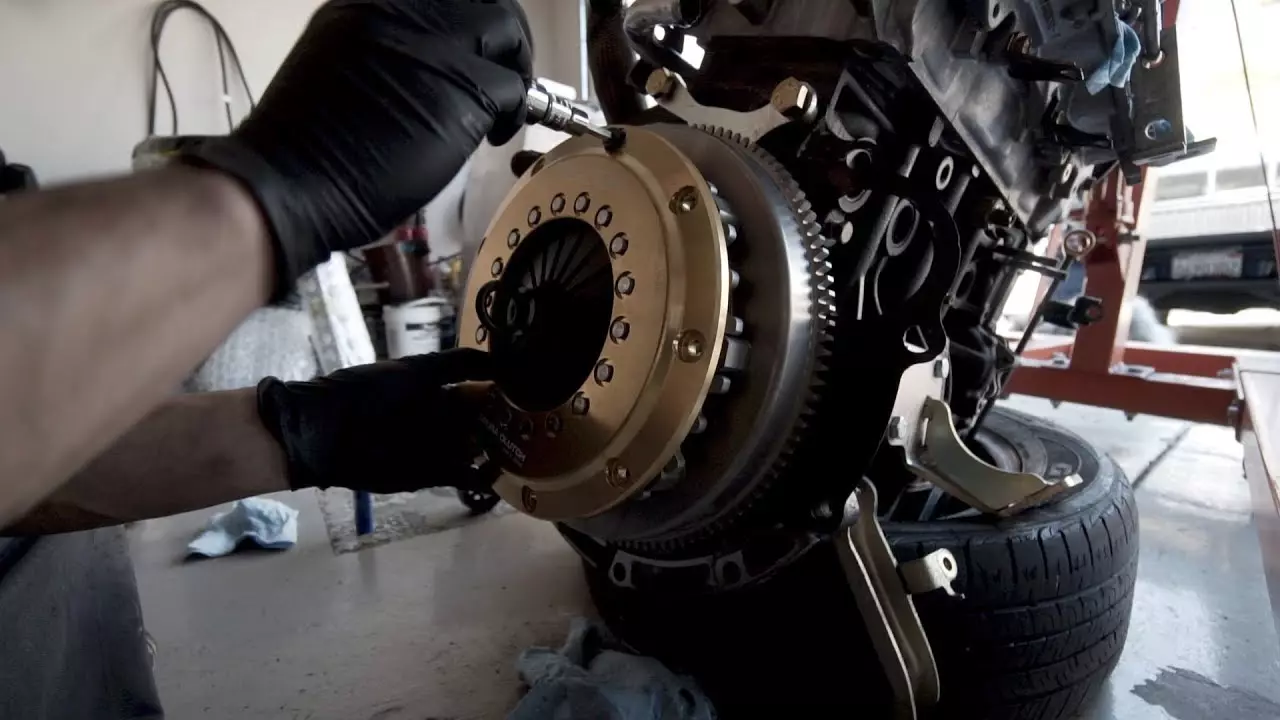Automatic gearboxes — torque converter, dual clutch or CVT — are increasingly common, with models that no longer even offer a manual gearbox. But despite the attack on manual boxes in the higher segments, these still remain the most common species on the market.
The use of the manual transmission requires, in general, that we also control the action of the clutch. That's what the third pedal is for, positioned to the left, which allows us to engage the right gear at the right time.
Like any other car component, the clutch also has a correct way of being used, contributing to its longevity and lower running costs.

But what is the clutch?
Basically it is the link mechanism between the engine and the gearbox, whose only function is to allow the transmission of the engine flywheel rotation to the gearbox gears, which in turn transfers this rotation to the differential through the shaft .
It essentially consists of a (clutch) disc, a pressure plate and a thrust bearing. THE clutch disc it is usually made of steel, the surface of which is coated with a material that generates friction, which is pressed against the flywheel of the engine.
Pressure against the flywheel is guaranteed by the pressure plate and, as the name implies, it presses the disc hard enough against the flywheel to prevent it from slipping, or slipping, between the two surfaces.
THE thrust bearing it is what transforms our force on the left pedal, that is, the clutch pedal, into the pressure needed to engage or disengage.
The clutch was designed to “suffer” for us — it is through it that friction, vibration and temperature (heat) forces pass through, allowing for equalizing the rotations between the engine flywheel (connected to the crankshaft) and the primary shaft of the crankcase. speeds. It's what guarantees an easier and more comfortable operation, which is vitally important, so it doesn't appreciate our bad habits at all — despite being robust, it's still a sensitive component.

what can go wrong
The main problems related either have to do with the clutch disc or with the deterioration or breakage of the elements that drive it, such as the pressure plate or thrust bearing.
At the clutch disc the problems stem from excessive or irregular wear on its contact surface, due to excessive slipping or slipping between it and the engine flywheel. The causes are due to the misuse of the clutch, that is, the clutch is forced to withstand efforts for which it was not designed, which implies much higher levels of friction and heat, accelerating the degradation of the disc, and in more extreme cases it may even take it to lose material.
Disc wear symptoms are easily verifiable:
- We accelerate and there is no advance on the part of the car, despite the increase in engine rpm
- Vibrations at the moment we disengage
- Difficulty in gearing a speed
- Noises when clutching or disengaging
These symptoms reveal either an uneven surface of the disc, or a level of deterioration so high that it is unable to match the rotations of the engine flywheel and gearbox, as it is slipping.
In cases of pressure plate and backrest bearing , the problems come from a more aggressive behavior at the wheel or simply careless. As with the clutch disc, these components are subject to heat, vibration and friction. The causes for your problems come from “resting” your left foot on the clutch pedal, or keeping the car stationary on hills using the clutch only (clutch point).

Recommendations for use
As we mentioned, the clutch was made to suffer, but this “suffering” or wear and tear also has a correct way of happening. We should look at it as an on/off switch, but one that needs care in operation.
Follow these recommendations to ensure superior clutch longevity in your car:
- The act of loading and releasing the clutch pedal should be done smoothly
- Relationship changes should never imply accelerating the engine during the process.
- Avoid holding the car with the clutch (clutch point) on hills — this is the role of the brakes
- Always step the clutch pedal all the way down
- Do not use the clutch pedal as a left foot rest
- do not boot in second
- Respect vehicle load limits

The repair of a clutch is not cheap, amounting to several hundred euros in most cases, varying from model to model. This is without counting the manpower, since, being placed between the engine and the transmission, it forces us to disassemble the latter in order to gain access to it.
You can read more technical articles in our Autopedia section.
